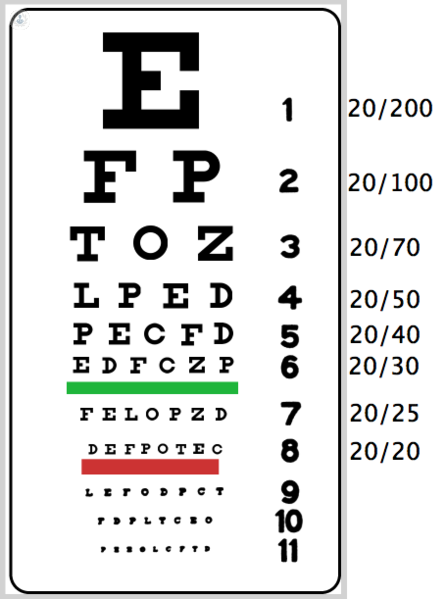intraocular lens IPCL: prompt and effective treatment
Written by:Nearsightedness, farsightedness, astigmatism and farsightedness are common eye diseases that hamper the day-to-day life of the patient. Currently, phakic intraocular lenses represent a breakthrough in the treatment of these conditions.
Until recently, laser surgery was the only option to say goodbye forever to their glasses or contact lenses. Now you can have a perfect view through a rapid intervention without changing the structure of the lens, thanks to phakic IOLs.
 Phakic IOLs are artificial lenses that are implanted between the natural lens-the lens of his eye and iris. Thus possible to correct the blurring caused by refractive error (nearsightedness, farsightedness or astigmatism) without altering the ocular tissues.
Phakic IOLs are artificial lenses that are implanted between the natural lens-the lens of his eye and iris. Thus possible to correct the blurring caused by refractive error (nearsightedness, farsightedness or astigmatism) without altering the ocular tissues.
In recent years, these lenses have been refined, both in design and functionality. The result of this development was born the IPCL, a type of phakic IOL able to correct any refractive errors, including tired (or presbyopia) view.
The IPCL (Implantable Contact Lens Phakic) has a number of advantages:
It is tailored to the needs of each patientCorrects a wide range of dysfunctionsIt is permanent, but if vision changes is easily replaceableIts material protects the ocular tissues of ultraviolet radiation
IPCL: pathologies and eligible patients
The IPCL correct nearsightedness, farsightedness, astigmatism and farsightedness or presbyopia.
To undergo intervention IPCL will have to be over 21 years (if the refractive error does not continue its development). Otherwise, the lens can be customized according to the size and shape of each eye.
The IPCL not replace the laser treatment but offers a possibility when this is not considered appropriate. Therefore, it is suitable for people with thin corneas, large pupils or for those who suffer from dry eye syndrome, which can not use other procedures.
Phakic IOLs: Understanding
The lens is placed in the eye through a millimeter incision without damaging or changing the lens or cornea. With this rapid intervention, which lasts approximately 10 minutes, patients immediately improve its visual quality.
Intraocular lenses: postoperative
The recovery time for this type of intervention in Ophthalmology is minimal and painless. Usually, no postoperative discomfort are seen and in a few days the patient can recover your routine. The only care to keep in mind are:
- The application of the drops prescribed by your ophthalmologist
- Maintaining good eye health
- Avoid shock or the introduction of dust and other harmful substances in the eye


